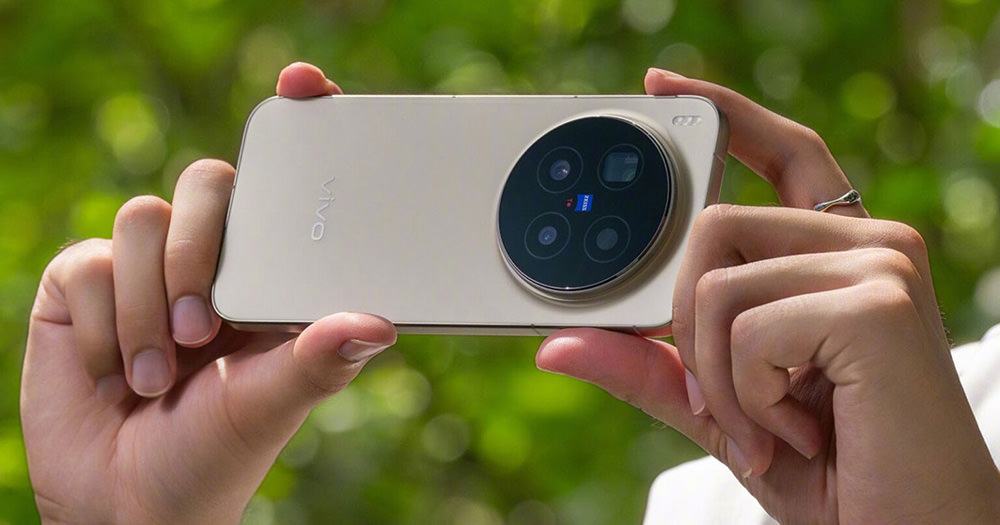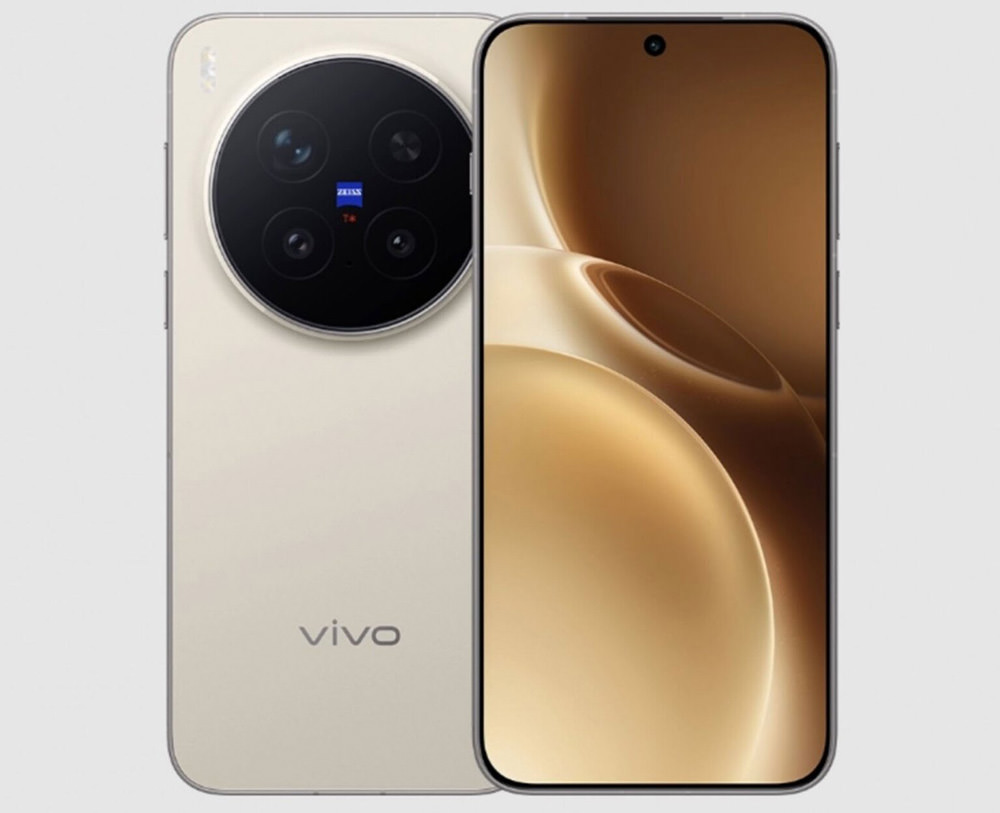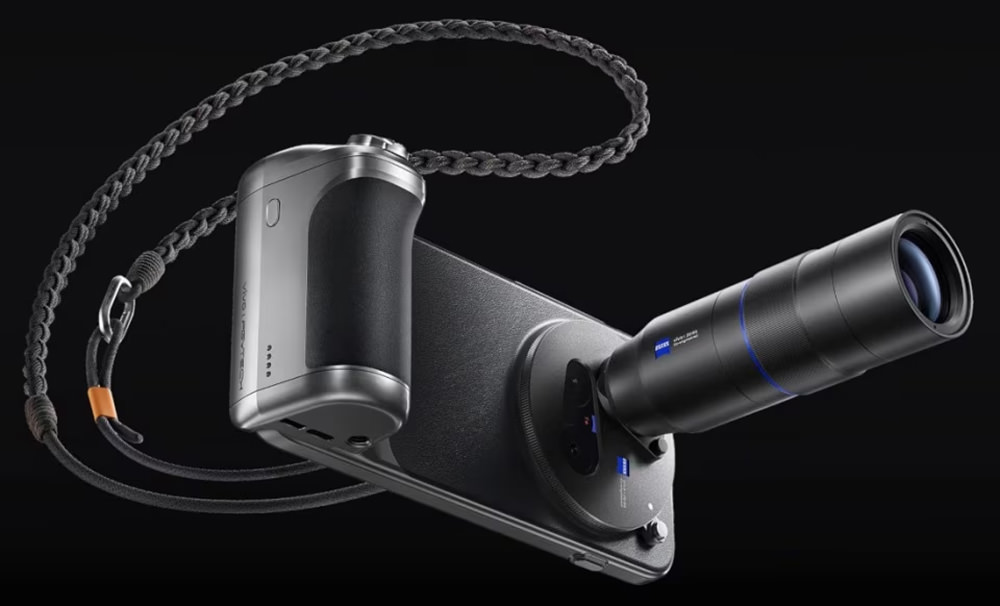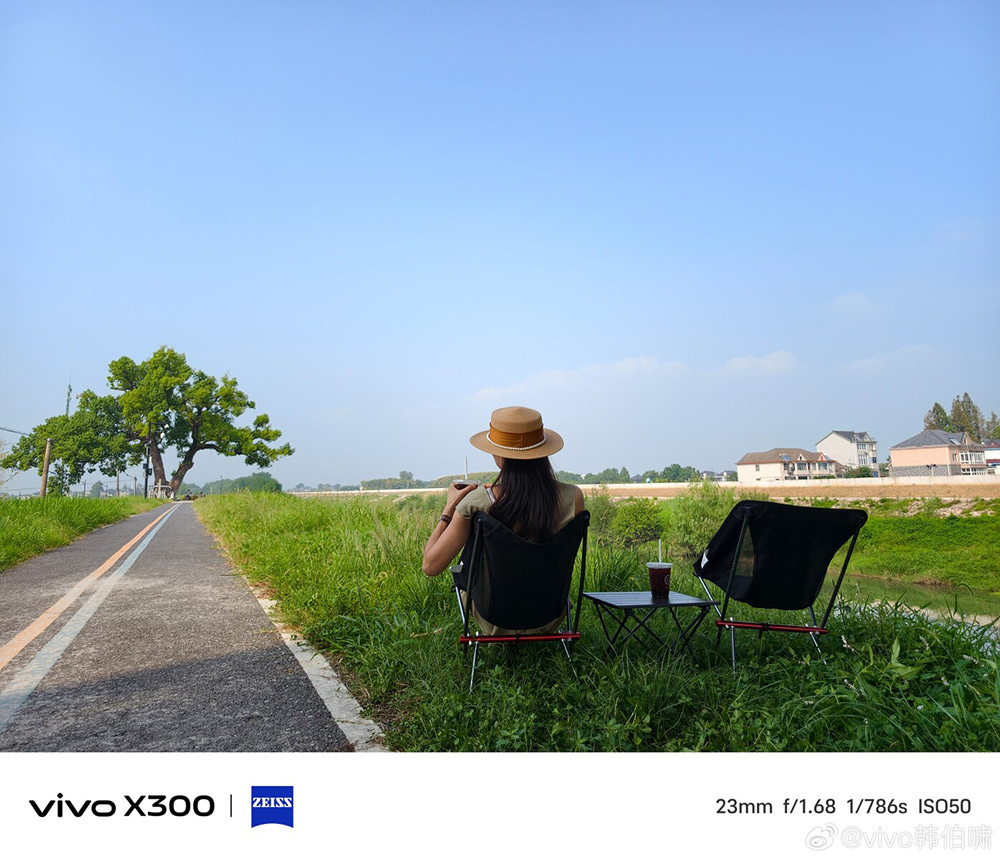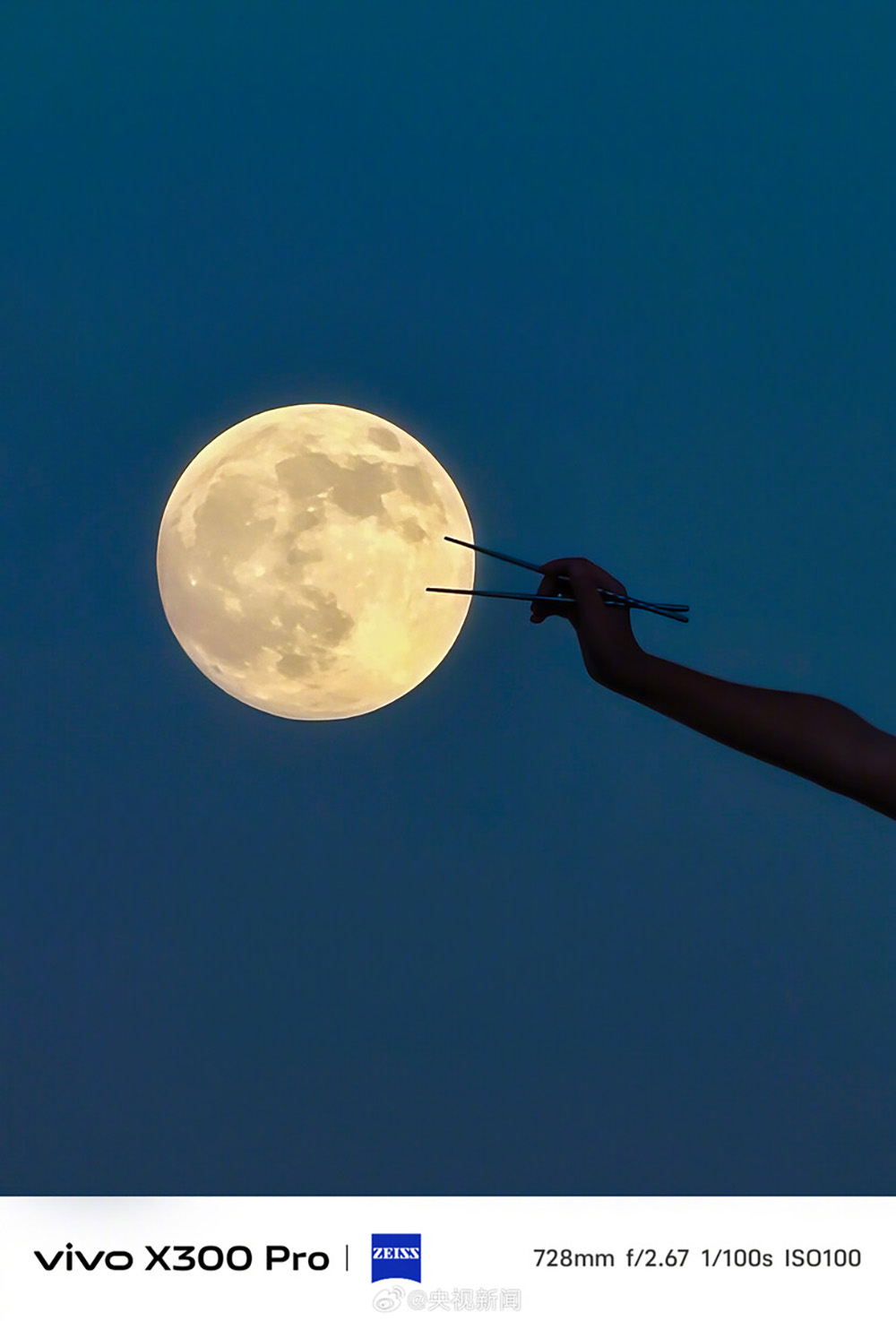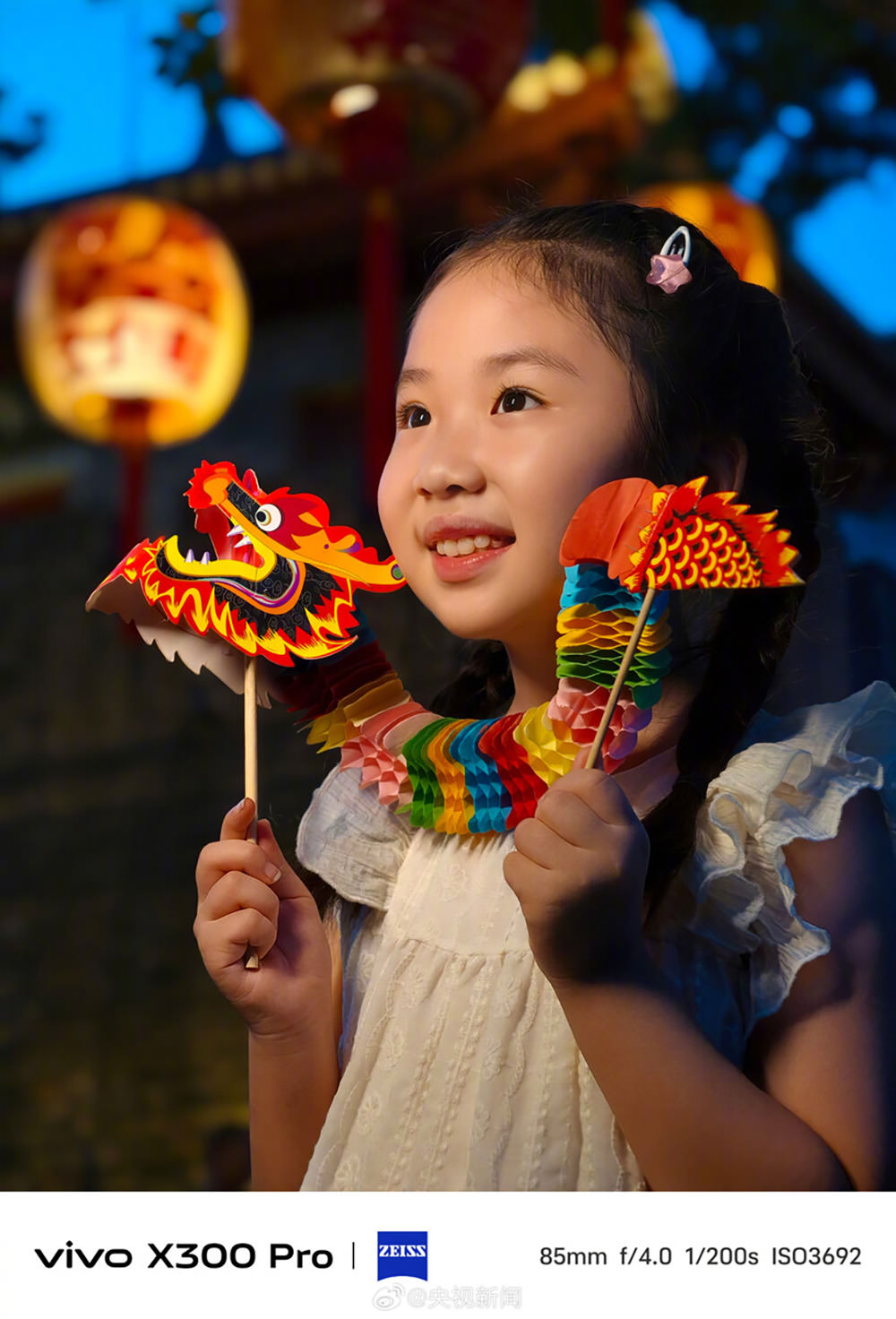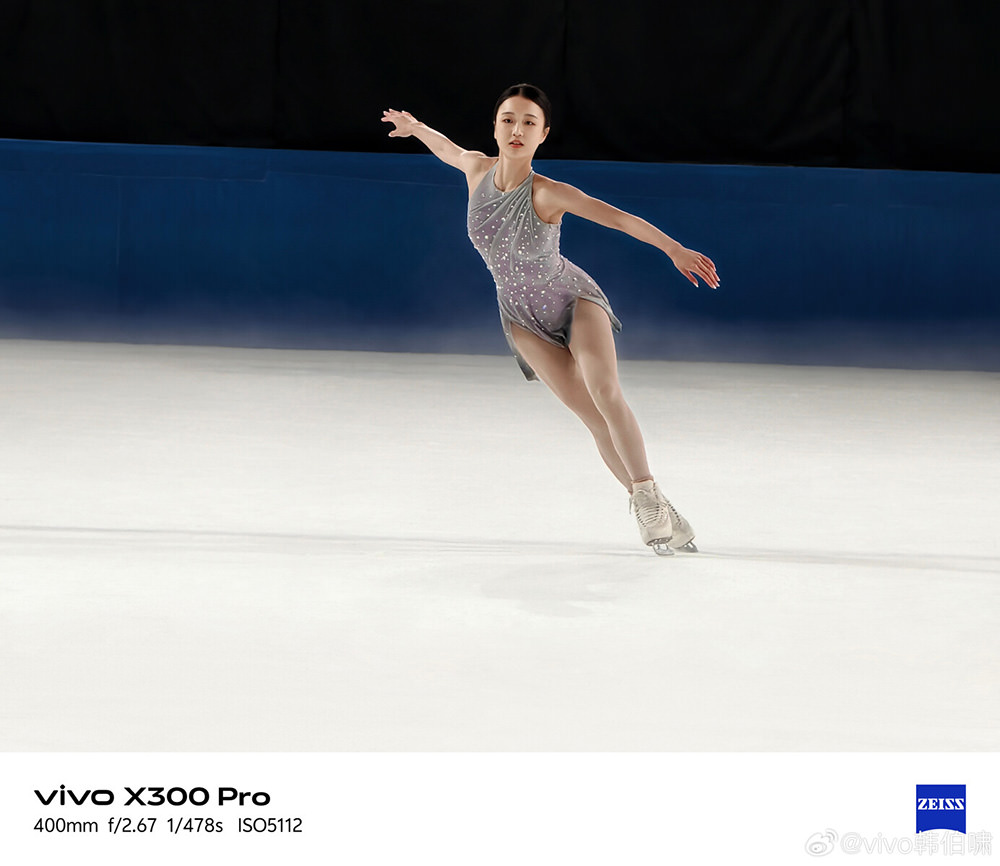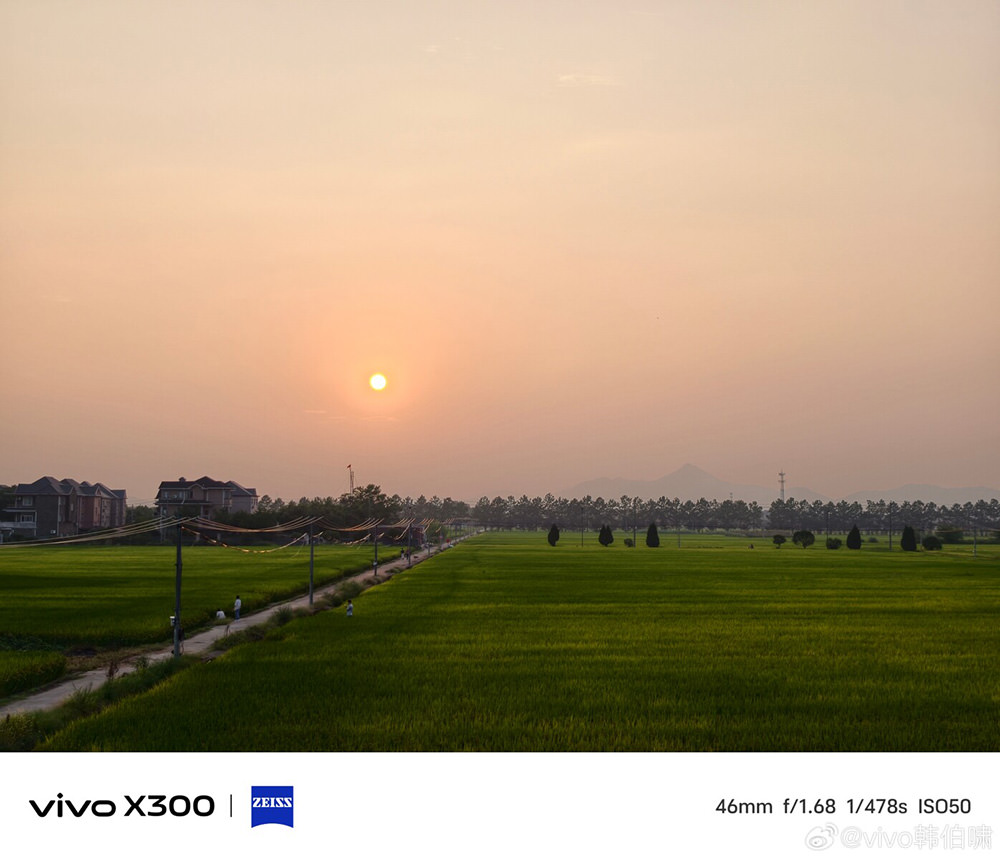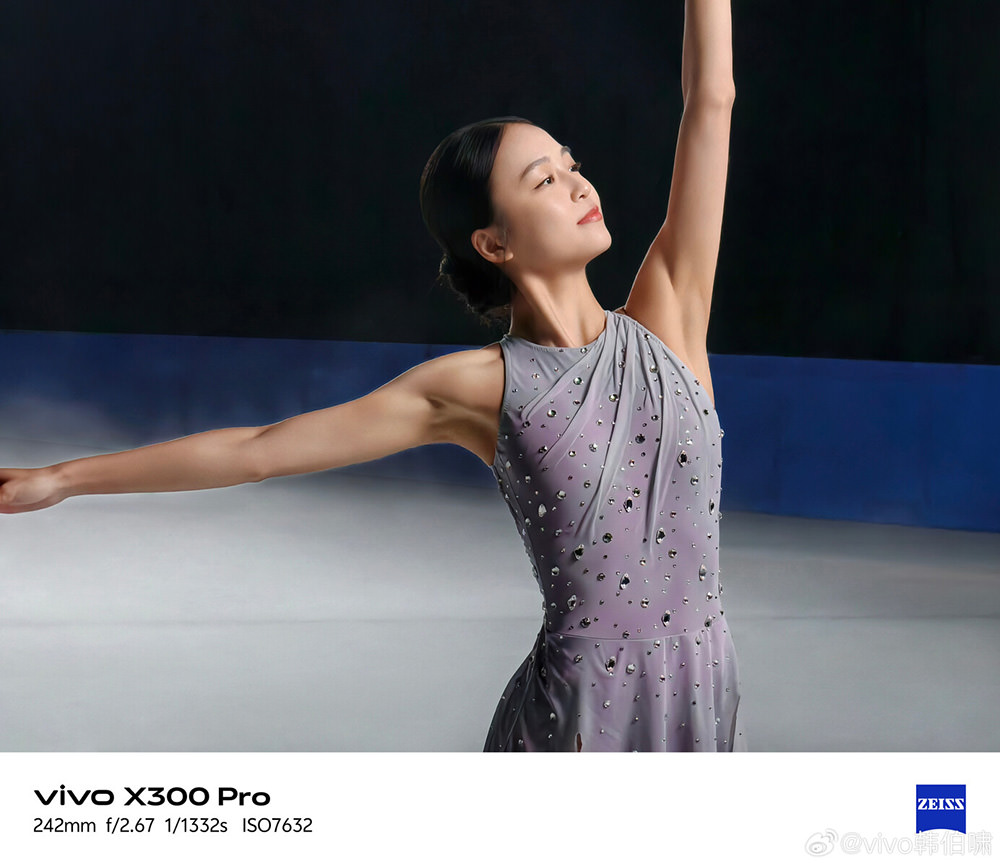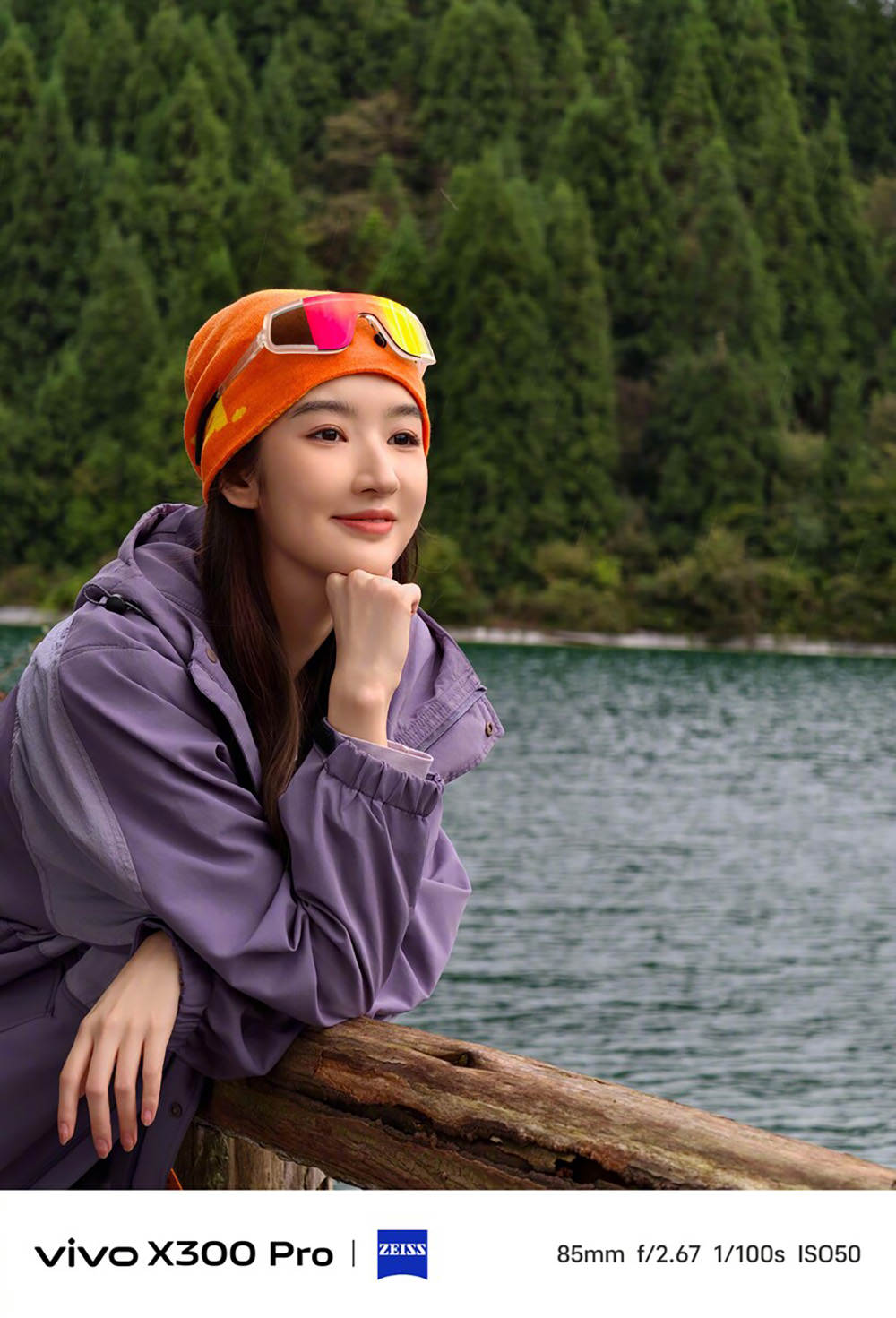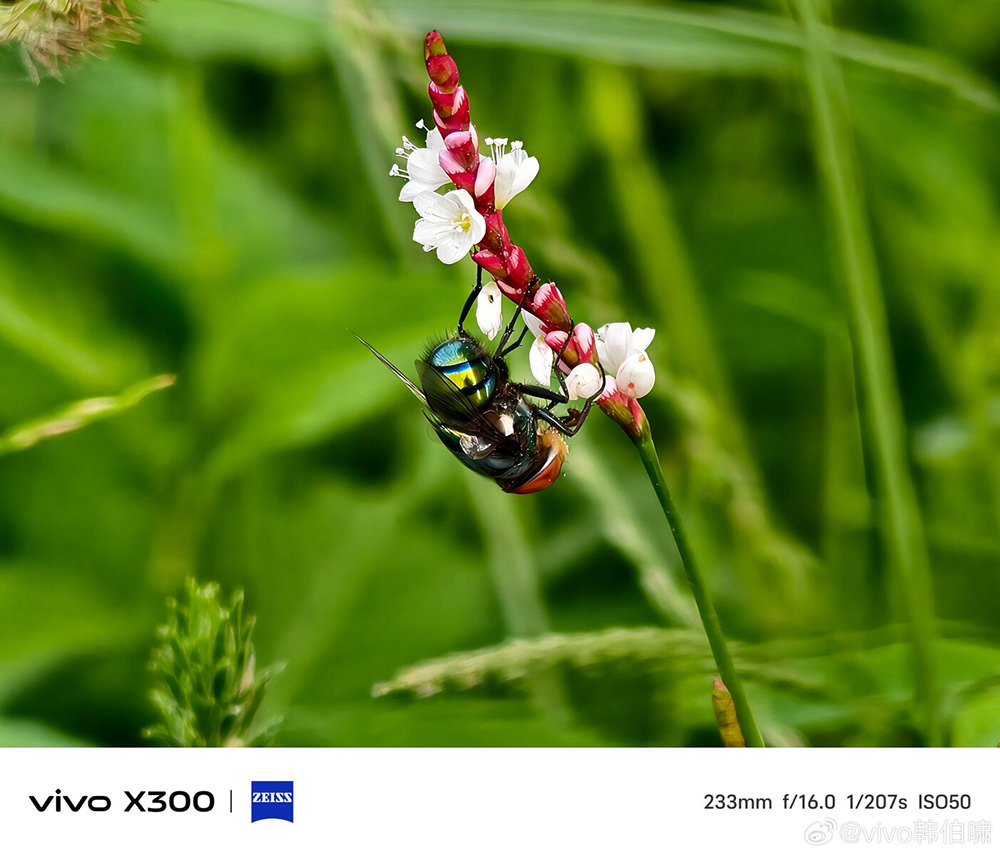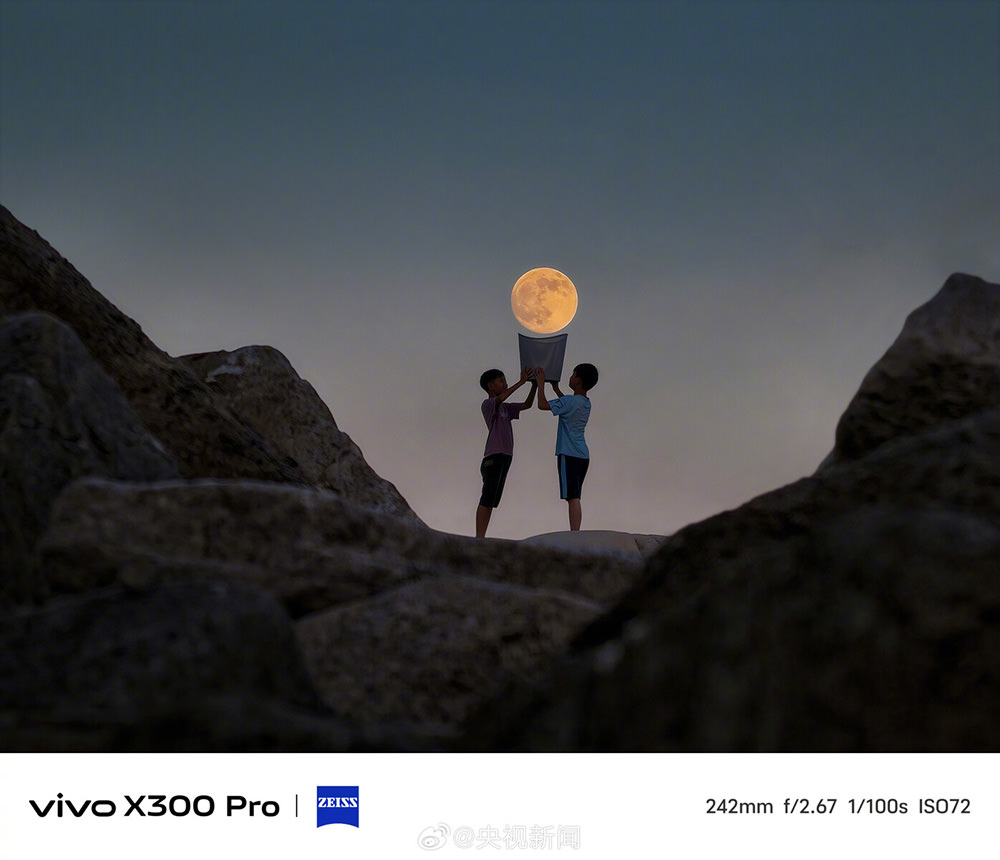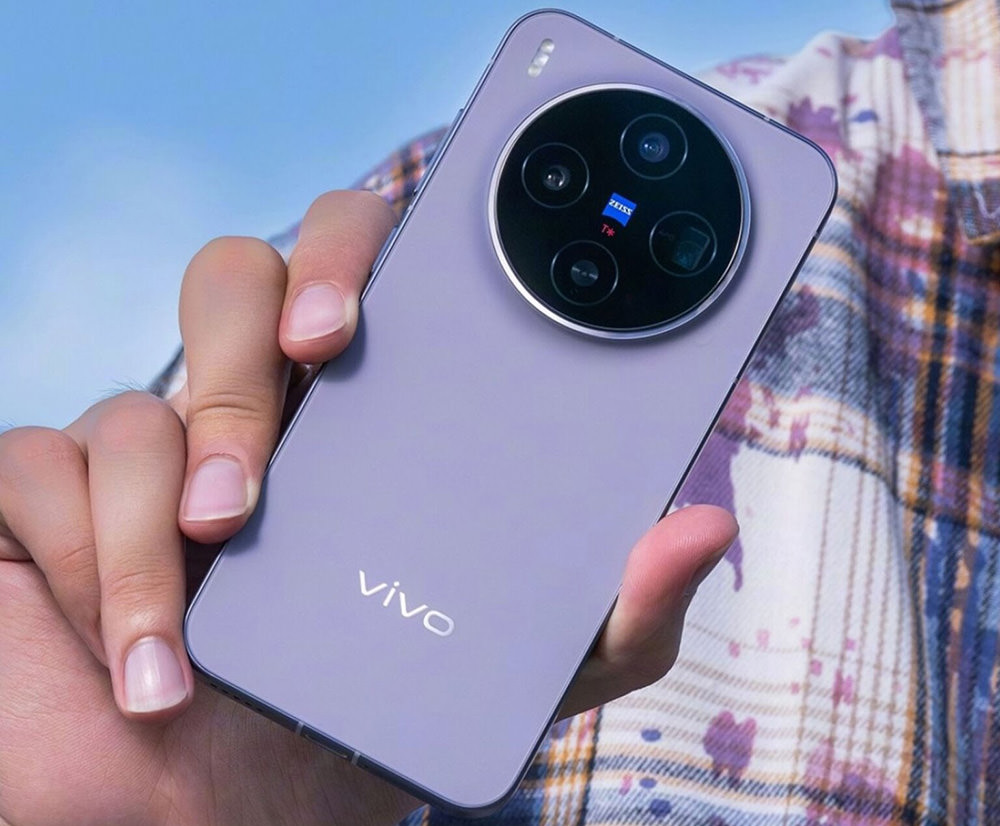Vivo Presents the X300 Series with Advanced Zeiss Imaging System
Vivo has officially introduced its new flagship smartphones, the X300 and X300 Pro, during an event held in Shanghai, marking a significant step both in terms of technology and corporate direction. Speaking at the Shanghai event, Huang Tao, Vice President of Products, emphasized the company’s long-term commitment to innovation and user experience, noting that Vivo’s goal is to produce devices of “genuine quality” that stand out in a saturated global market.
The X300 Pro, the most advanced model in the new series, features a completely redesigned imaging system co-engineered with Zeiss. The camera setup includes a 50-megapixel main camera with Sony’s new LYT-828 image sensor, a 50-megapixel ultra-wide unit with a Samsung JN1 sensor, and a 200-megapixel telephoto camera using Samsung’s HPB sensor. The LYT-828, a 1/1.28-inch sensor coupled with a Zeiss T* f/1.57 lens and gimbal-based optical stabilization, introduces Sony’s new Hybrid Frame HDR (HF-HDR) technology, offering an expanded dynamic range of approximately 17 stops.
HF-HDR combines dual conversion gain and multi-frame HDR processing, allowing multiple exposures at varying sensitivities to merge into a single frame with improved tonal detail. The result is an image that more closely approximates the range of light and shadow perceived by the human eye. Sony claims the sensor maintains HDR functionality even during live view and video capture, suggesting a notable improvement in both exposure consistency and processing speed.
The telephoto system on the X300 Pro also represents a major development: it uses a 1/1.4-inch 200-megapixel sensor behind an 85mm equivalent f/2.7 lens, providing 3.7x optical zoom. When combined with Vivo’s optional “Photographer’s Kit,” which includes a Zeiss-developed 2.35x telephoto extender and a dedicated camera grip, the device can reach an effective focal length of up to 1600mm using hybrid zoom. While the setup adds bulk to the phone, it demonstrates Vivo’s attempt to merge smartphone imaging with more traditional photographic capabilities.
The X300 Pro also features a 6.78-inch flat LTPO AMOLED display with a 120Hz refresh rate, 1.5K resolution, and ultra-thin bezels. It is powered by the MediaTek Dimensity 9500 chipset, supported by the V3+ and VS1 image co-processors previously seen in the X200 Ultra. The Pro model’s 6,510 mAh battery supports 90W fast charging and wireless charging, and the device maintains IP68/69 protection against dust and water. The design includes a revised camera housing, dual stereo speakers, Wi-Fi 6, Bluetooth 6, and USB-C 3.2 connectivity.
Here are some sample pictures shot with the X300 Pro, courtesy of Vivo:
The standard X300 model follows a similar design philosophy in a more compact form factor. It integrates the same Dimensity 9500 processor as the Pro, accompanied by Vivo’s proprietary V3 imaging chip, features a 6.31-inch LTPO AMOLED display, a 6,040 mAh battery supporting 90W wired and wireless charging, and an IP68/69-certified body. The camera array includes a 200MP ISOCELL HPB main sensor, a 50MP ultra-wide, and a 50MP periscope telephoto with a 70mm focal length.
Both smartphones run OriginOS 6, Vivo’s latest operating system based on Android 16, which replaces the older FunTouchOS. The new interface is also expected to mark Vivo’s software debut in the European market, where the company will officially launch the X300 and X300 Pro on October 30.
The European rollout will include both devices in black and beige color variants, and the Photographer’s Kit will be available exclusively for the X300 Pro. The X300 Pro will first launch in China starting at 5,299 yuan (around $750), while pricing and availability for international markets will be confirmed in the coming weeks.

